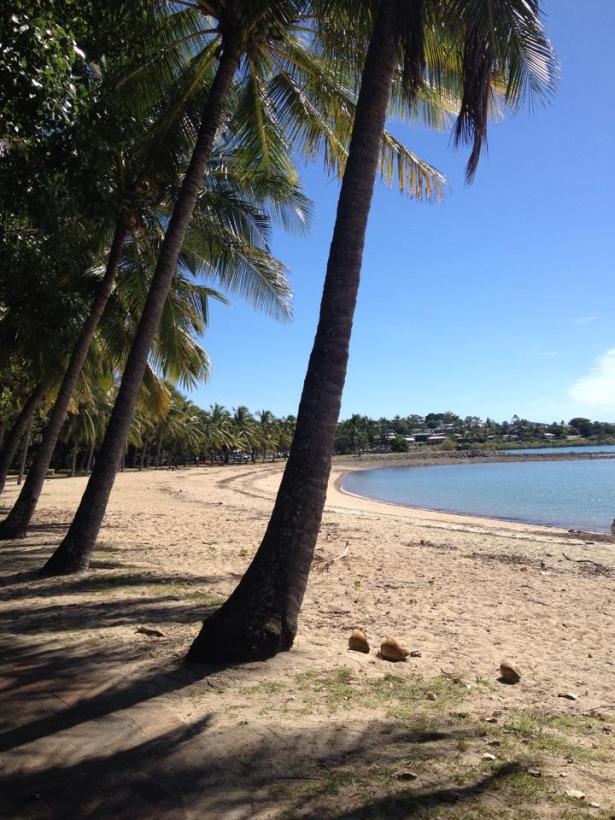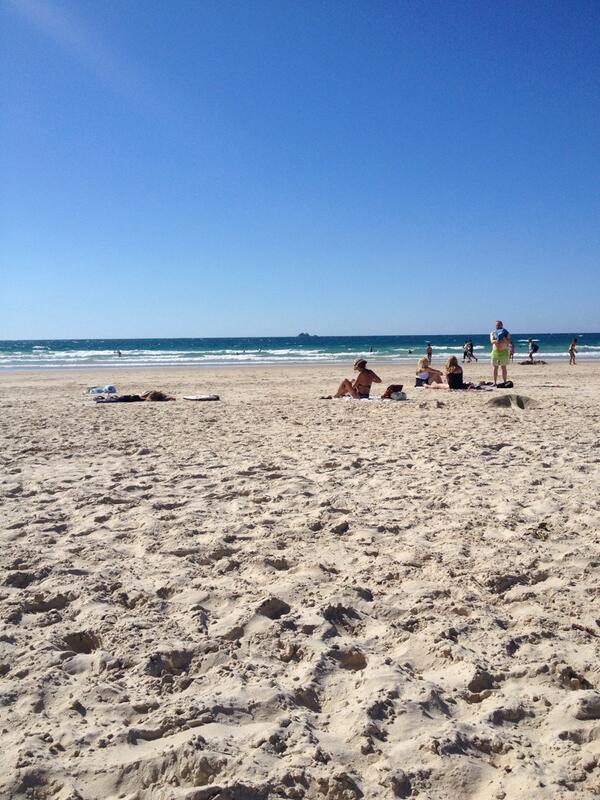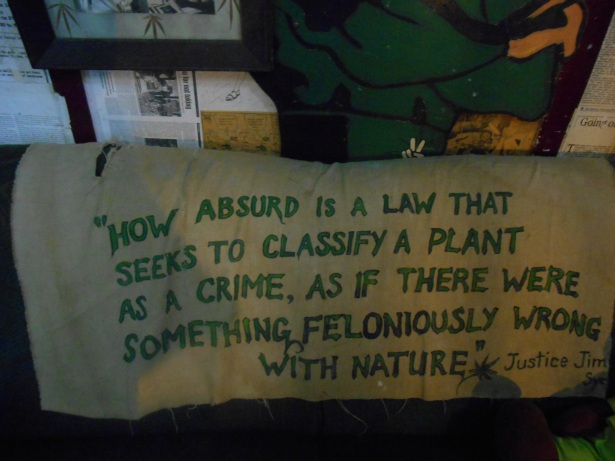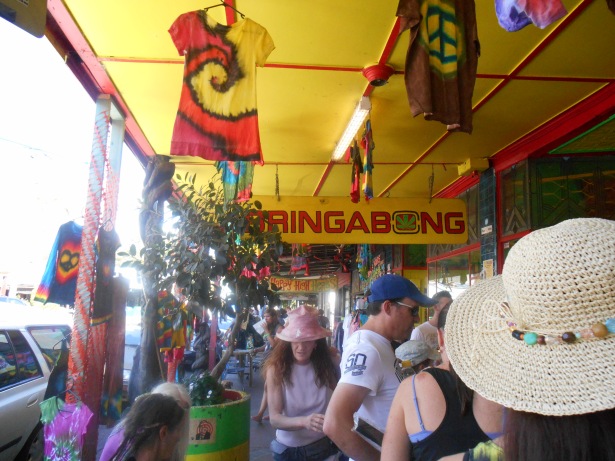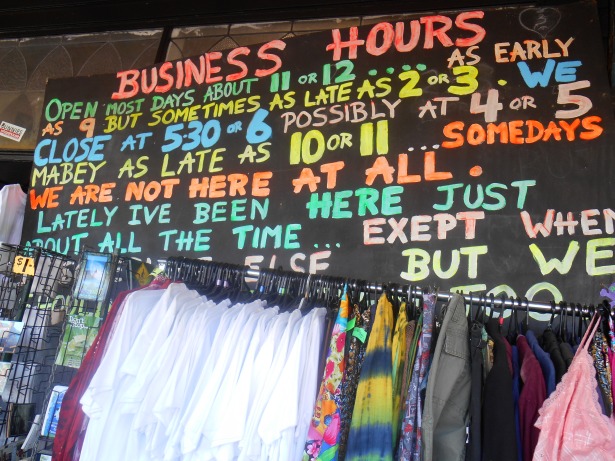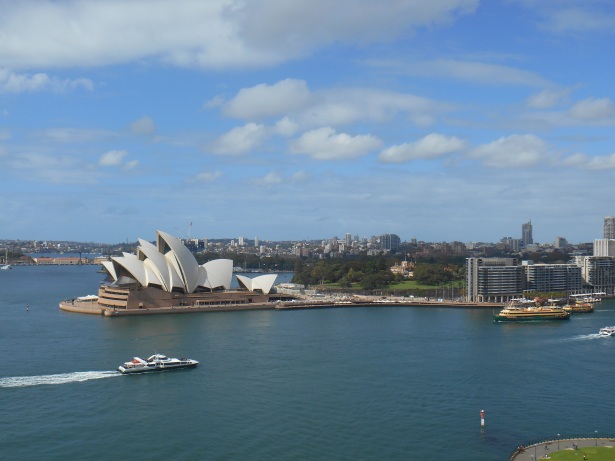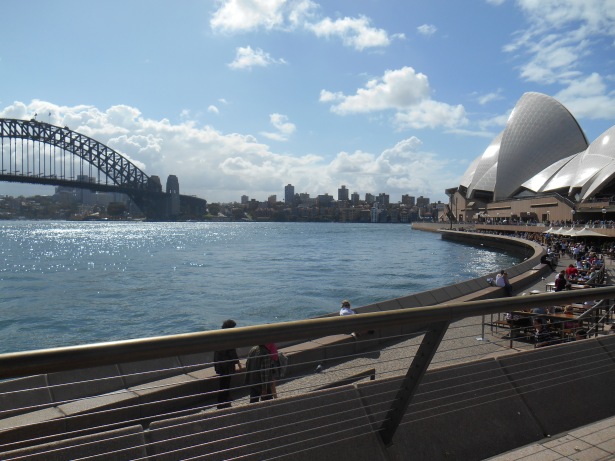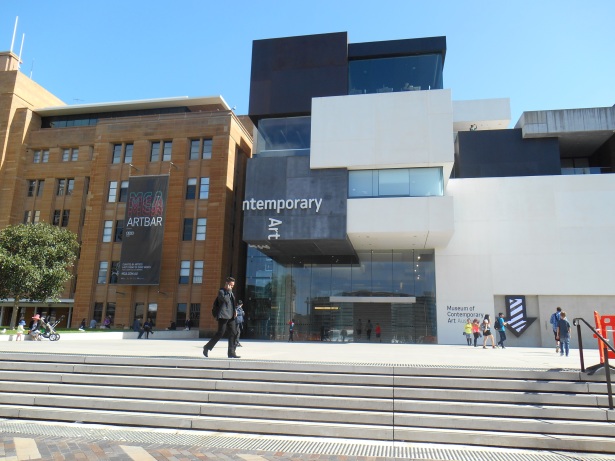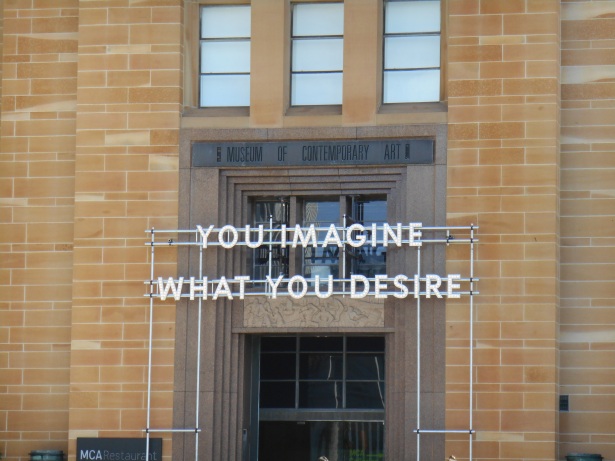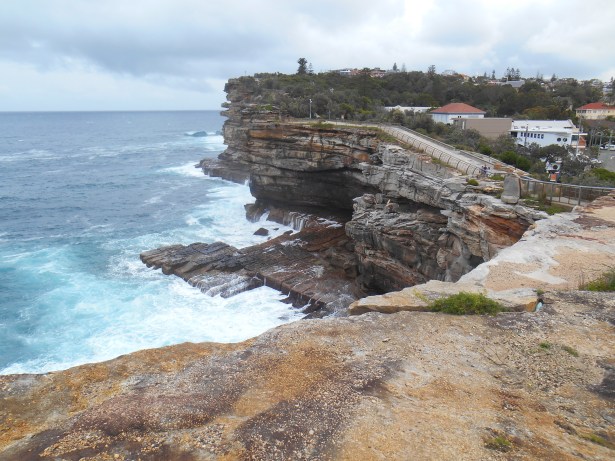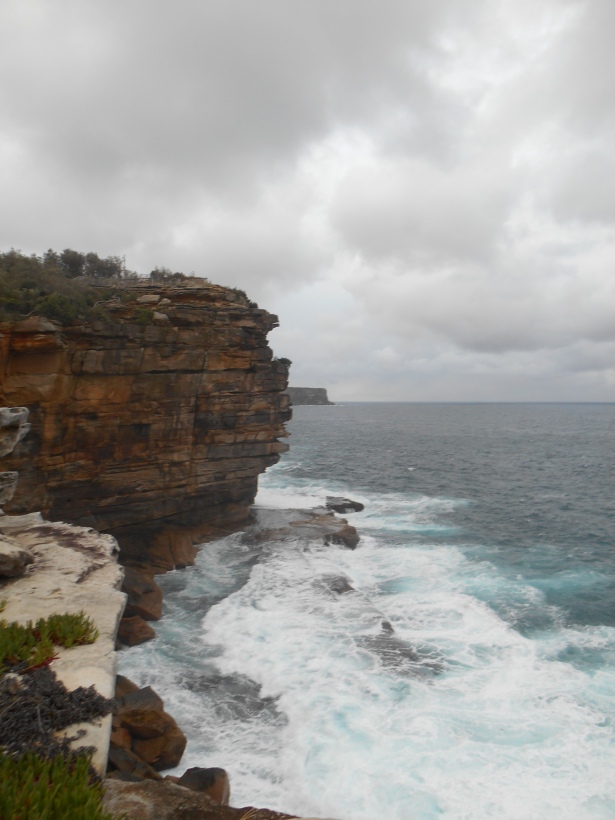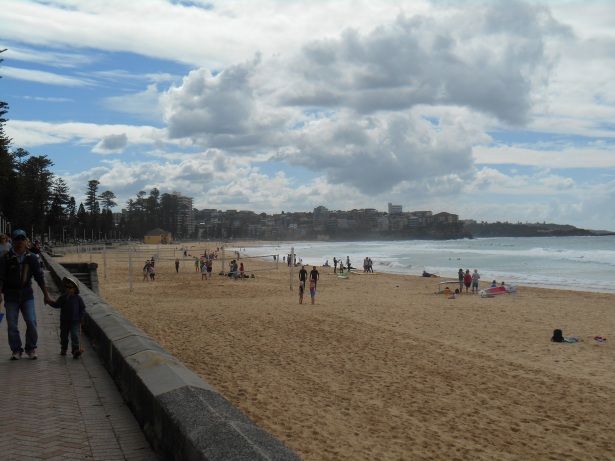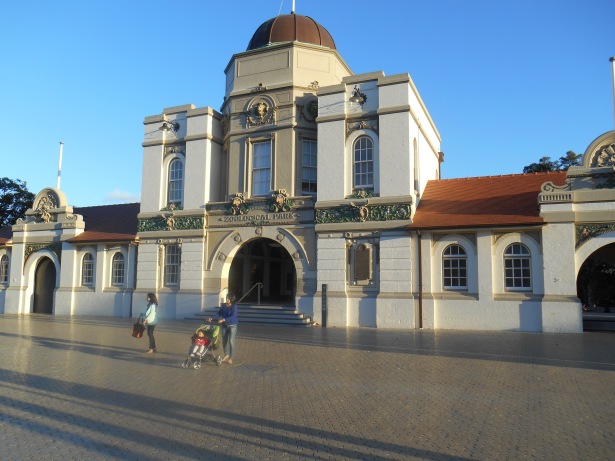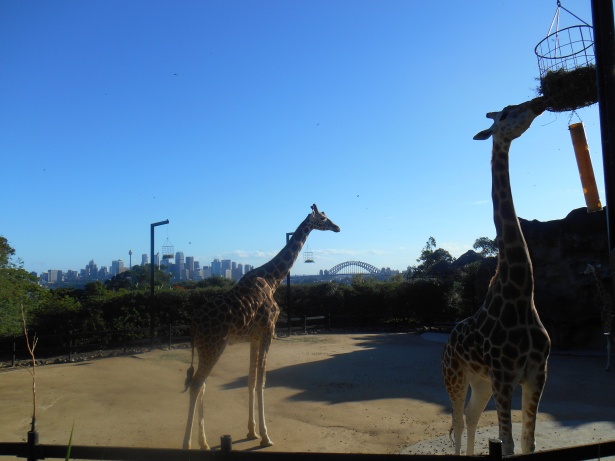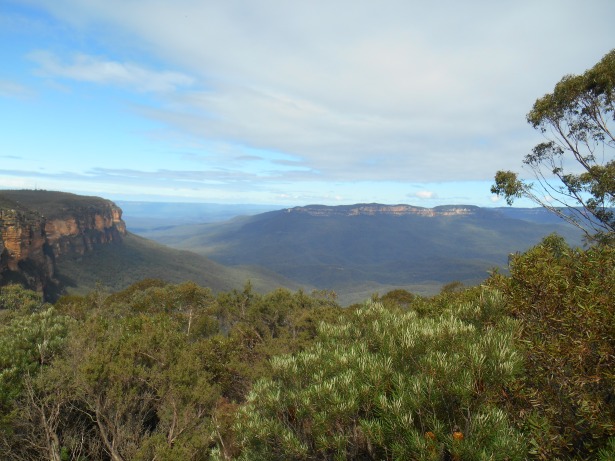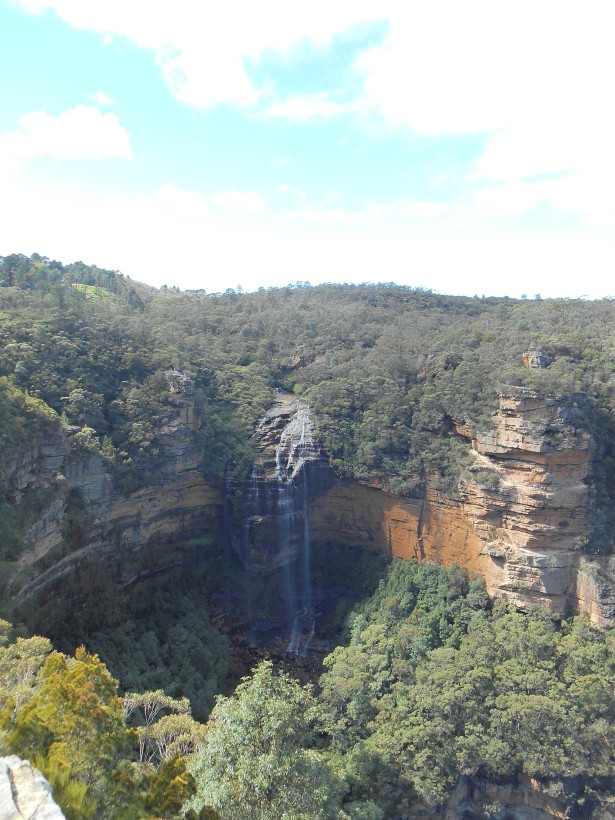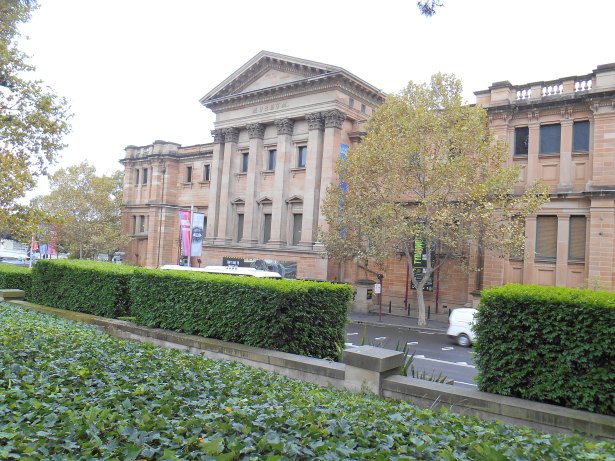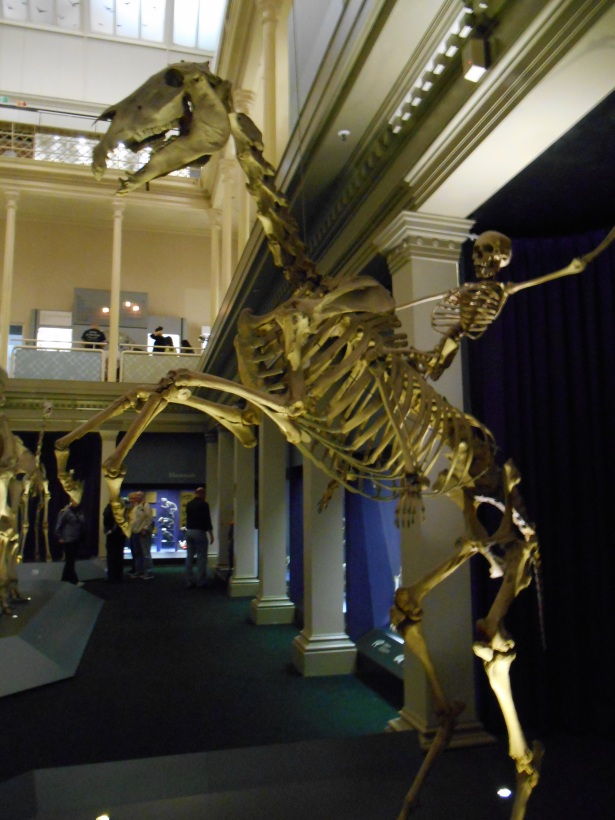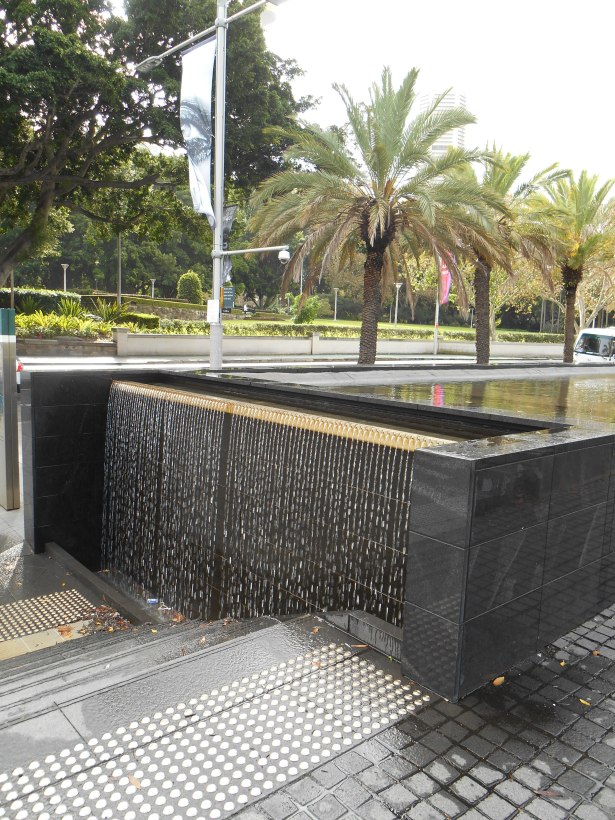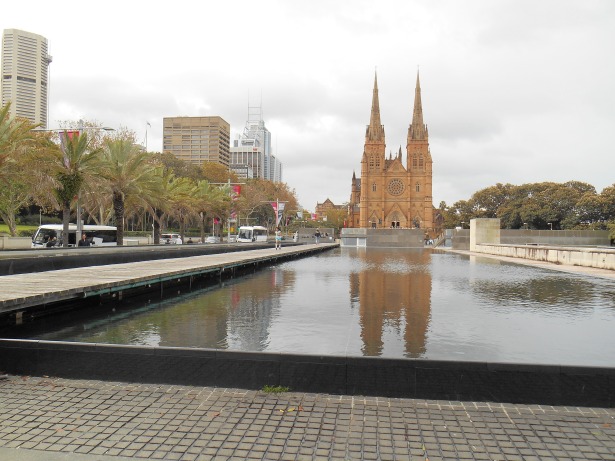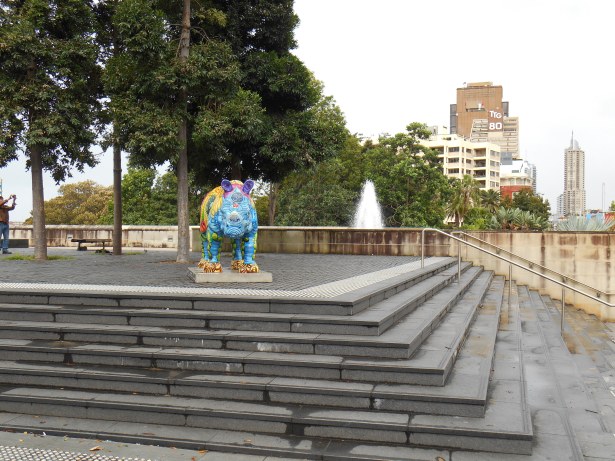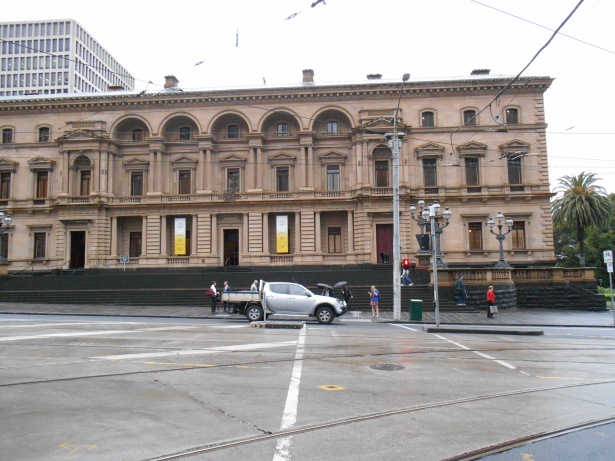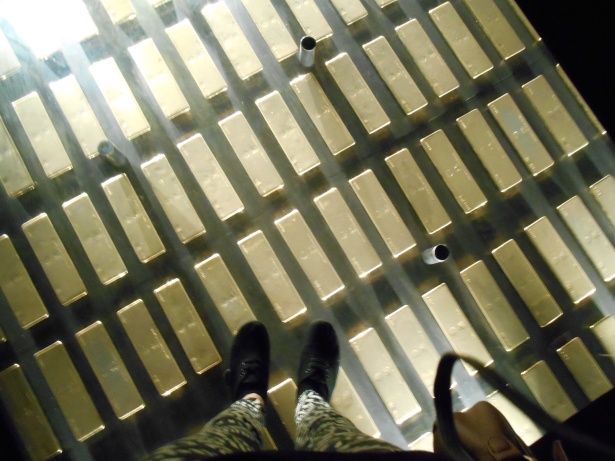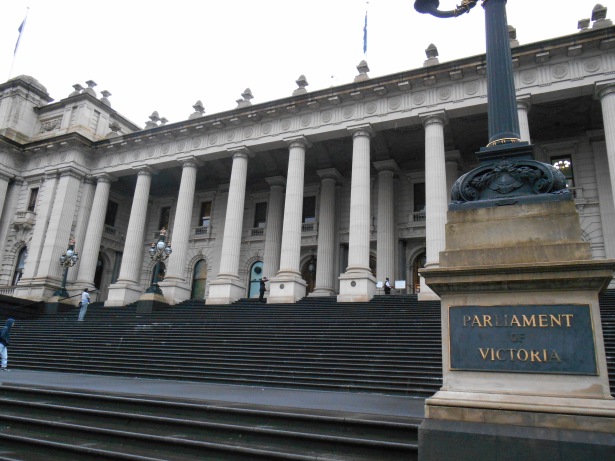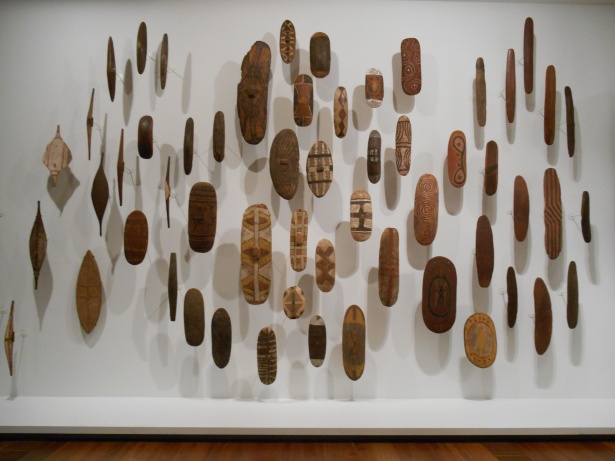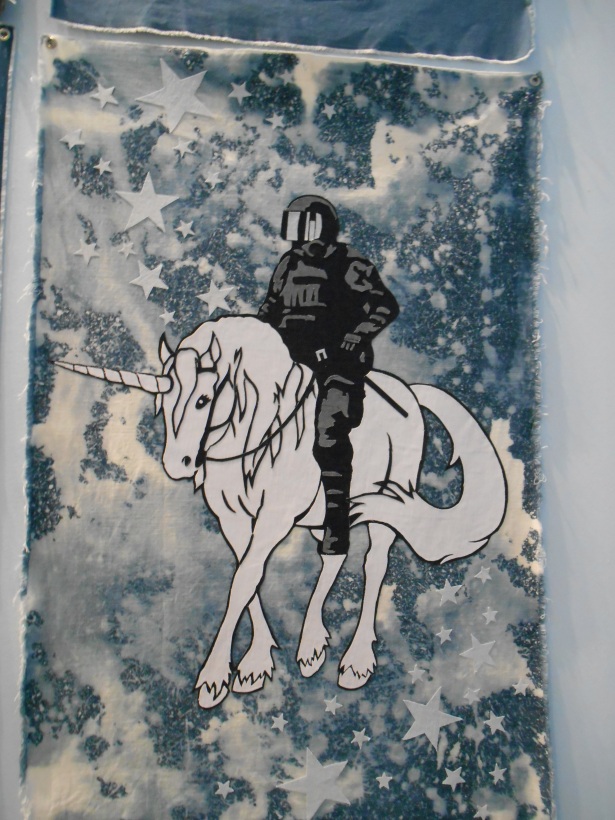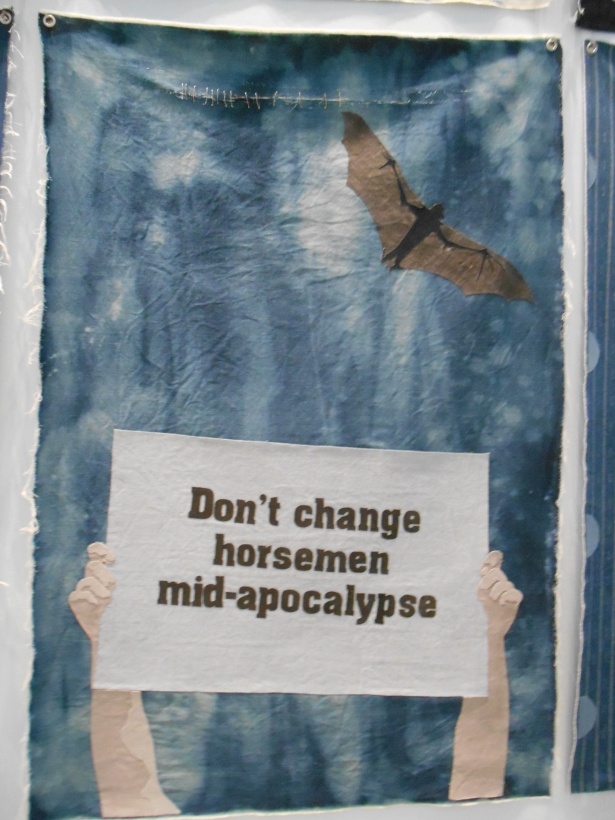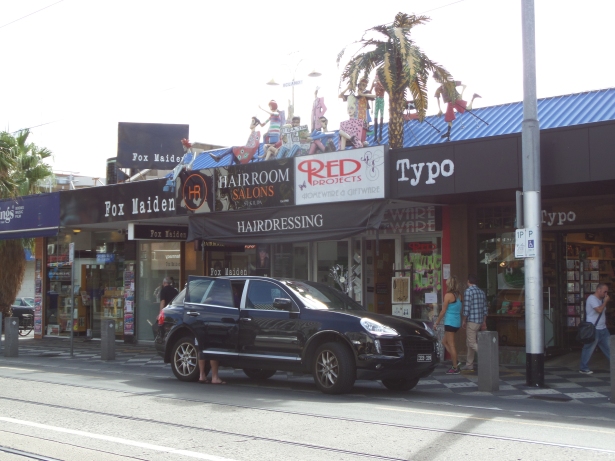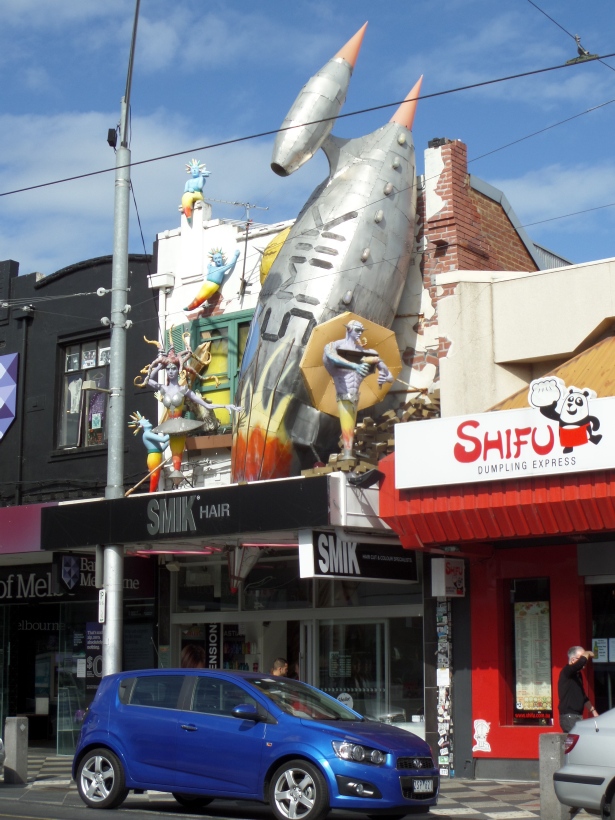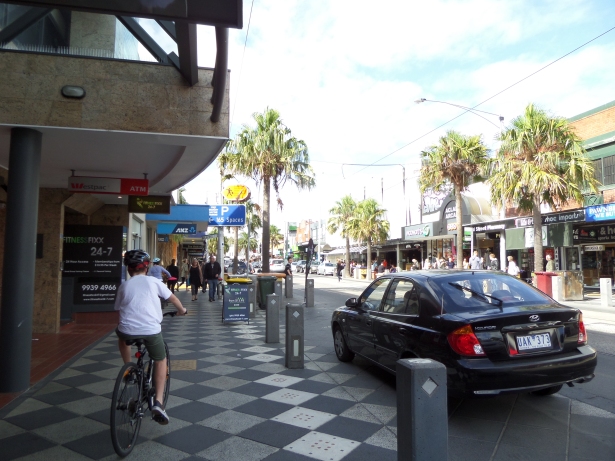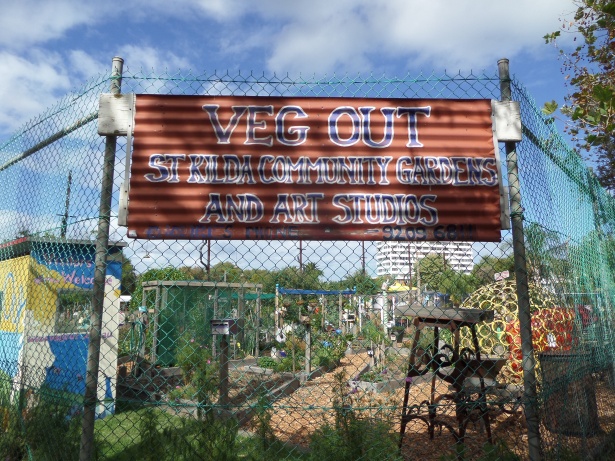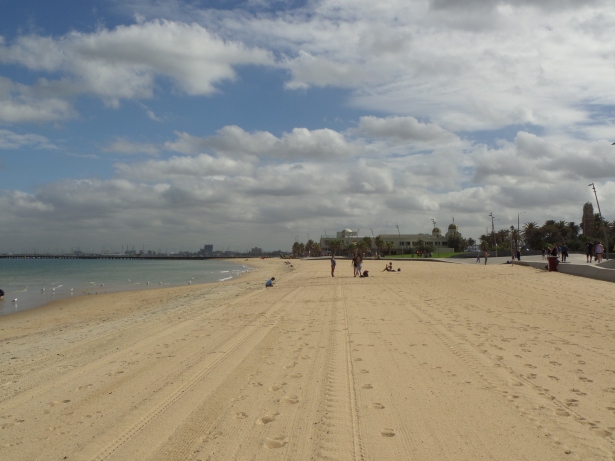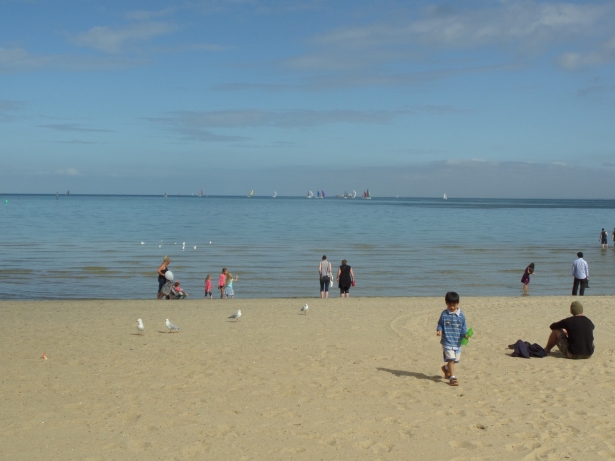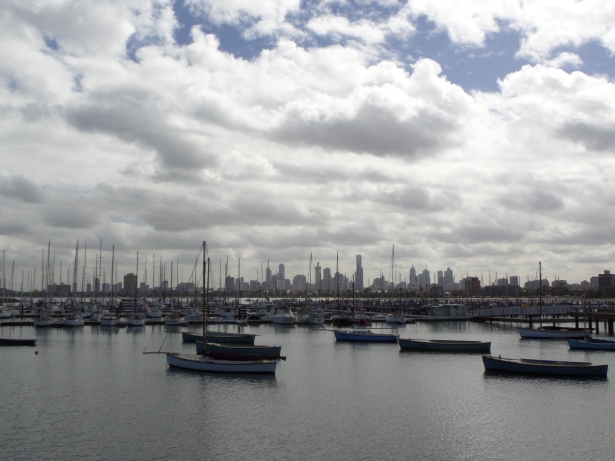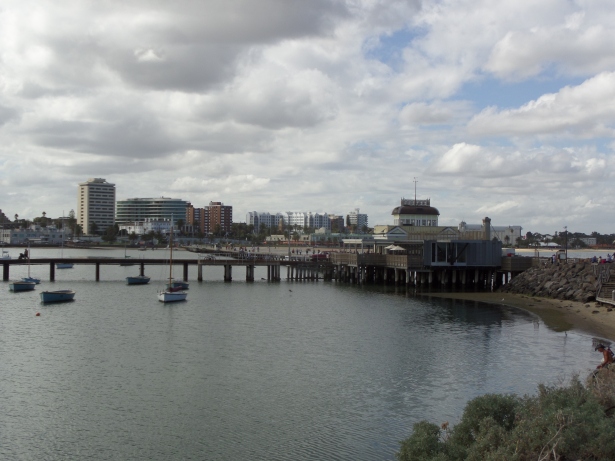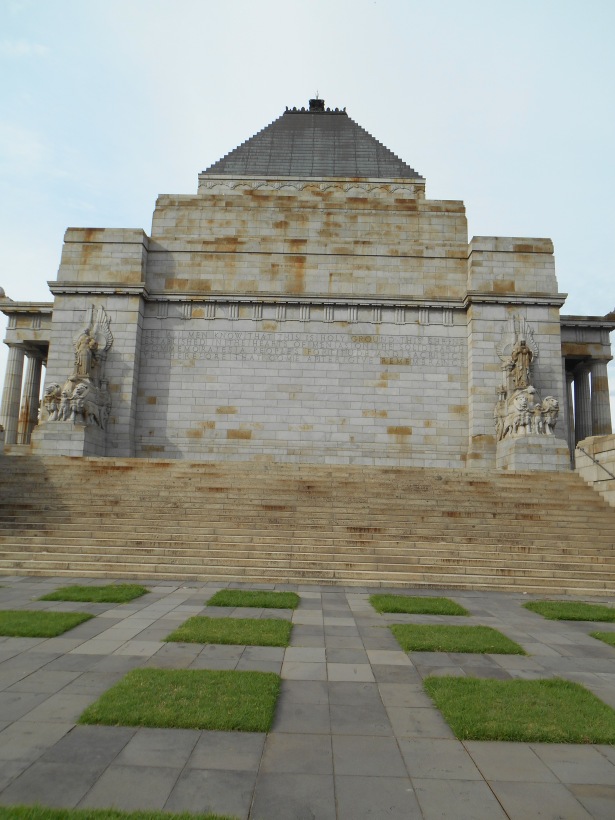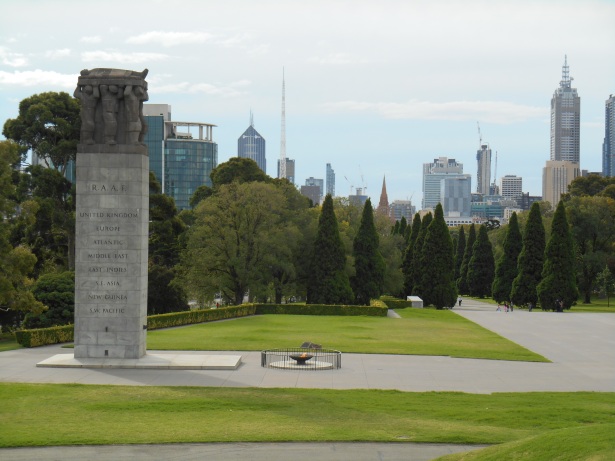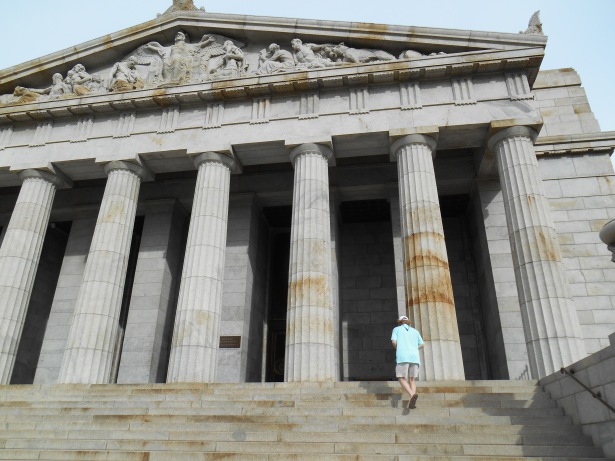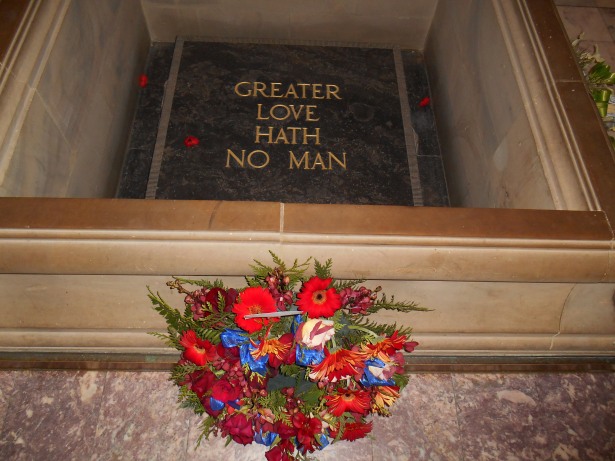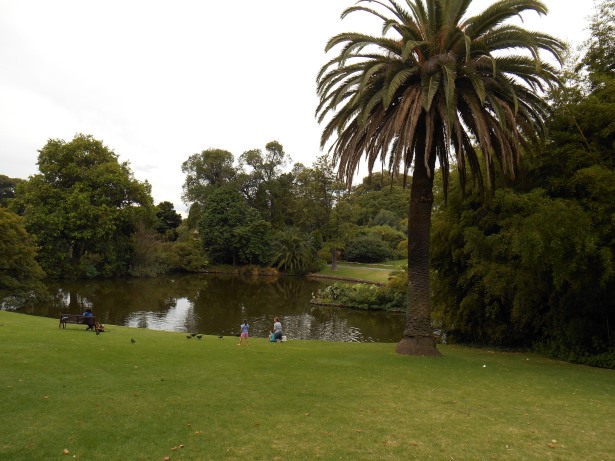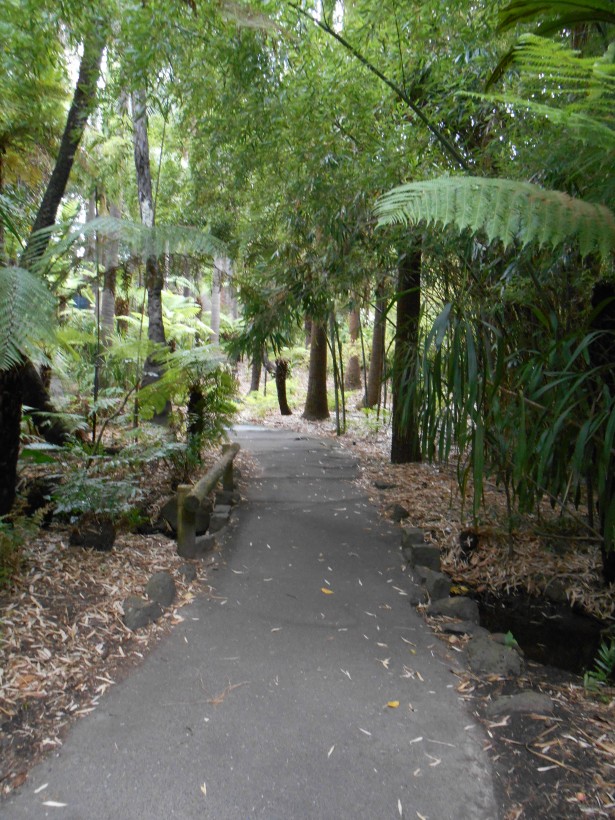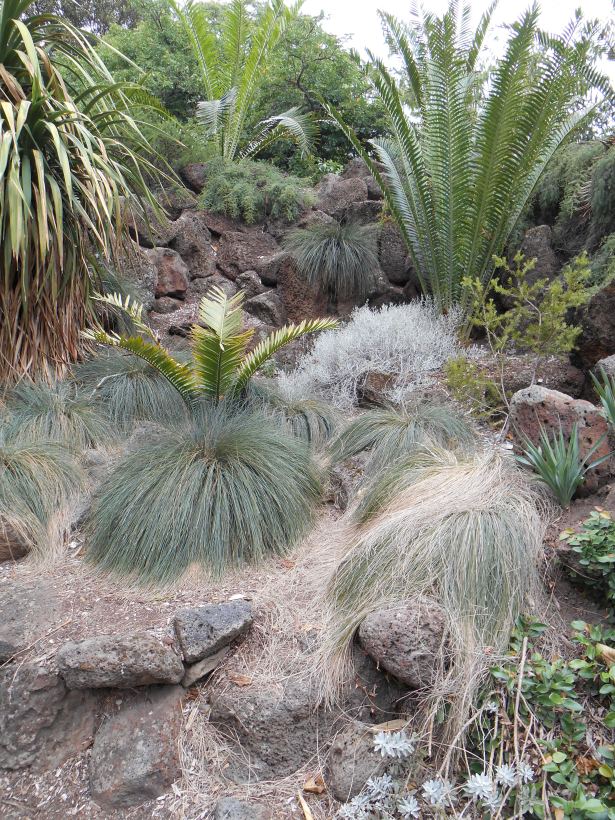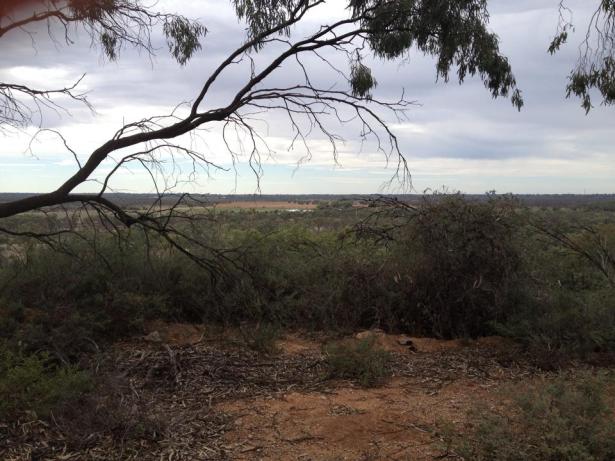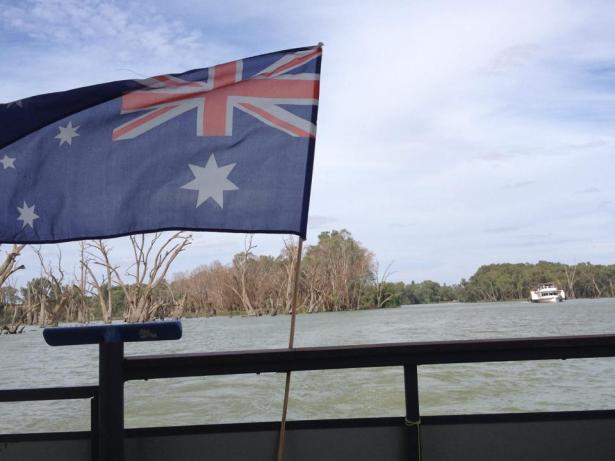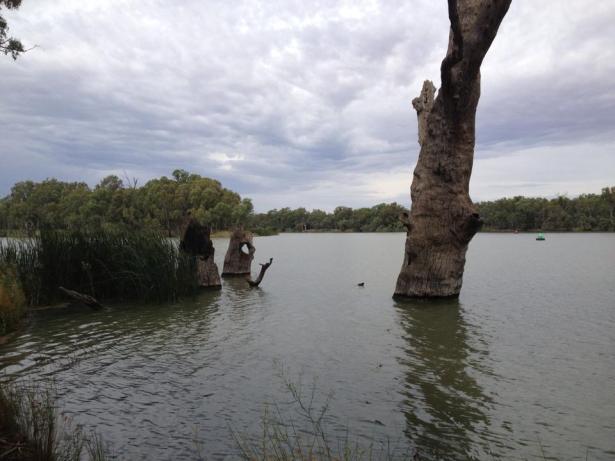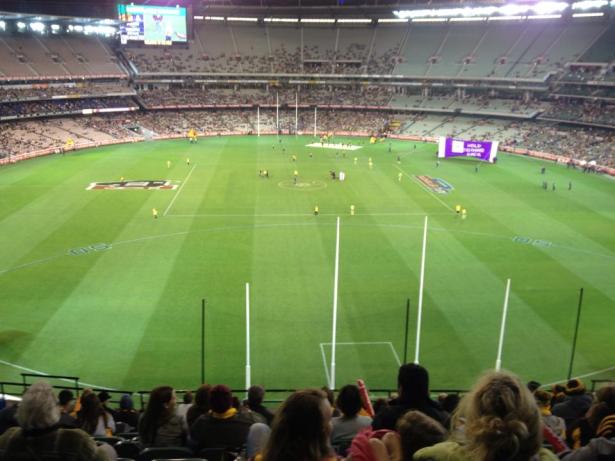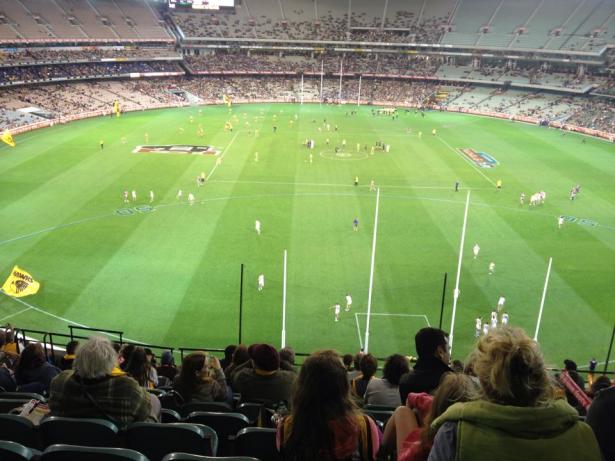Did anyone watch that pseudo-reality show aired on T4 about ten years ago, ‘Shipwrecked’? Well, being on a Dingo’s tour of Fraser Island was like a much funnier, less dramatic, and more adventurous version of that. This post is either going to ramble into a novel-length entry, jumping from the hilarious people I met, the breathtaking beauty of the island, and pointless facts or I’ll fail entirely at documenting what was one of my favourite three days in Australia, and just leave you with photographic evidence.
I never planned to do Fraser Island when I started my journey up the east coast, but I can safely say it was the best decision I made, and best amount of money I spent (apart from the $30 on cuddling that koala).
Becky from Byron managed to end up on the same tour as me, so armed with goon, hired sleeping bags and bikinis, we got comfortable in the lead car. The tour is organised into four-wheel drives of eight people each, with drivers swapping between the group, so everyone who wants to drive, can. We were put in the lead car, meaning a professional driver-slash-tour guide would be in with us. Though slightly disappointed at first, we realised that a. we wouldn’t have to battle out who is the least drunk and therefore has to drive in the morning, and b. our driver would be least likely to hit a dingo/roll in the sea/crash the car.
Before we left the hostel, we were made to watch a dubious video about the dangers of Fraser Island (a government created document – and you could tell), and from this, the only piece of information anyone on the entire tour took away was that if you see a dingo, you cover your nipples. This, unsurprisingly, doesn’t work, and actually you kick sand in their faces, and/or talk to them. Dingoes on Fraser were a growing issue: people were feeding them and letting them get friendly (basically assuming they’re dogs), which in turn was making them too confident around humans. Attacks increased, and dingoes were killed as a result. Now, if rangers on the island see dingoes interacting with humans, they’re hunted down and shot – so staying away from them had as much to do with our safety as it did theirs.
Our first stop was meant to be Lake McKenzie, but after one car driving with its handbrake on, flooding the clutch and running out of fuel, Geoff (our driver/tour guide/general rounder-upper) rerouted and we went to Lake Wabby instead. Armed with the directions of “follow the path, pass a desert and roll down a sand dune”, we set off for a 2k hike through rainforest, brief stint by an actual desert (not just the strip of sand we’d been expecting), bu refrained on rolling down the giant sand dune. Lake Wabby was stunning, and we spent an hour swimming (or not, in my case), and avoiding the giant catfish.



Once we left Wabby, we ventured over to our campsite. Every camp on Fraser has a 9pm curfew, but the hostels we were with had secured space on Aboriginal land, who gave us permission to have electricity and noise until midnight. The site, K’Gari, had two rules: no whistling at night, and no spitting into fire. Aborigines believe this invites the spirits of their ancestors to join the living, and no one wants that, really. With floodlights, a sheltered cooking and eating area, covered sections filled with tents and its own night-club (i.e. a wooden shack with an iPod jack and flashing lights), it seemed like luxury compared to what I thought we were getting. The toilets were great festival prep, as was washing in lakes rather than showers.
As Australia’s now in winter, the light left us at about 5pm, so naturally the goon came out. That night there was whistling (once), some hilarious drinking games and a night-time venture to the beach, armed with giant sticks (basically a tree in one case) to fend off dingos. The stars on Fraser were insane: you can see everything from the Milky Way to a couple of planets (maybe). I saw a couple of shooting stars as well.
Before we started drinking, Geoff had assured us of “an easy morning” – to take our time, have a lie-in. So we tried, but this is very hard to do, when at 7.15am someone has opened up a car and began to play Christian rock through the sound-system. I can’t remember the last time I swore so much before 8am, and as everyone was feeling rather slow, breakfast took about two hours. Geoff was going a bit spare at this point, but therein lies the lesson: don’t give us the chance to have an easy morning, and expect lightening fast responses at the same time.
He’d also promised us the best place for hangovers – and there, he did not let us down. We arrived at a lazy river, with the instructions to 1. get past the minute-mark, 2. lie on our backs, and 3. look at the sky. It turned out that you could float all the way down this creek to the start of the estuary, and I can truly say I’ve never had a hangover vanish as quickly, or been that relaxed. After confessing that I can’t actually swim (bar an impressive doggy-paddle), various friends started attempting to teach me how to vaguely stay afloat without looking quite as special.
After Geoff dragged us away from the creek, we visited a shipwreck on the beach, and headed back to camp for lunch. As we were in the lead car, we weren’t allowed to drive, due to it being a lot bigger, and some other technical reasons that I didn’t really listen to. To give us the same chance as everyone else, we could hop in with other groups, so I left Becky, and joined a car full of friends. It’s possibly not a great idea to get in a car and have to sit perched on the edge in order to reach the peddles, and even less confidence-filling to ask where the brakes are.

Nevertheless, I found the brakes, figured out how to drive on sand (ish, anyway. Terrifying. “Let go of the steering wheel and rev the shit out of it” sounded like how-to-kill-a-car-full-of-people advice, not driving advice – but it worked), and got us to the next destination in one piece. As we parked up, Geoff gestured to the top of a cliff face, announcing that we were going up there. Clearly he mistook us all for human-mountain-goat hybrids, as the only way up was going via the rocky side. I must have spent enough time with Sophie to have had her weirdly sure-footed mountain-climbing skills rub off on me, and luckily I got up – and down – with little trouble. Considering I’m usually the one tripping over particles of dust, I was pretty proud.
We were at Indian Heads – the second most easterly point of Australia, and the best place to look out over the island. The views were great, sitting on the cliff edge was scary, but the highlight was Harley.

So, some background information. Harley has been living on Fraser Island for three months. Three months without any contact with the outside world, bar the tour guides and tourists, only having been kicked off Fraser once to be tested (I won’t spell out what he was being tested for). Harley comes from a place in western Canada that’s home to some of the hippiest-hippies in the world, and he speaks like the creepy “take my strong hand” guy in one of the ‘Scary Movie’ films. Harley is without doubt one of a kind – something we put down to smoking too much weed (although he only does this after dinner). We heard many, many stories about Harley (all of which I won’t repeat on here), but yeah, if you go to Fraser, make sure you meet him (but don’t get too close).
The second night followed much the same pattern as the first: although Becky and I took the scripted menu into our own hands that night, and deviated from potato-salad and steak, to chips and steak (fried in everyone’s favourite cooking wine. Delish).
On our third day, we finally saw Lake McKenzie (and were infinitely grateful to Geoff for taking us on the jungle hike when we weren’t hungover). Nothing can prepare you for McKenzie, not the pictures, not the blogs, not what people say. There are more shades of blue than I thought possible: the lightest, almost white edge of the lake on the white shore, to the inky blackness of the lake’s centre. It’s some of the purest water in the world, and the sand is well known for its antiseptic qualities (and ability to whiten your teeth).


Becky took it upon herself to teach me a halfway decent swimming stroke, and by the end of my mini-lesson (soon to be repeated by Shelley at Airlie Beach), I almost looked graceful in the water. Almost. McKenzie was the perfect place to end a perfect three days with some hilarious, brilliant people.
